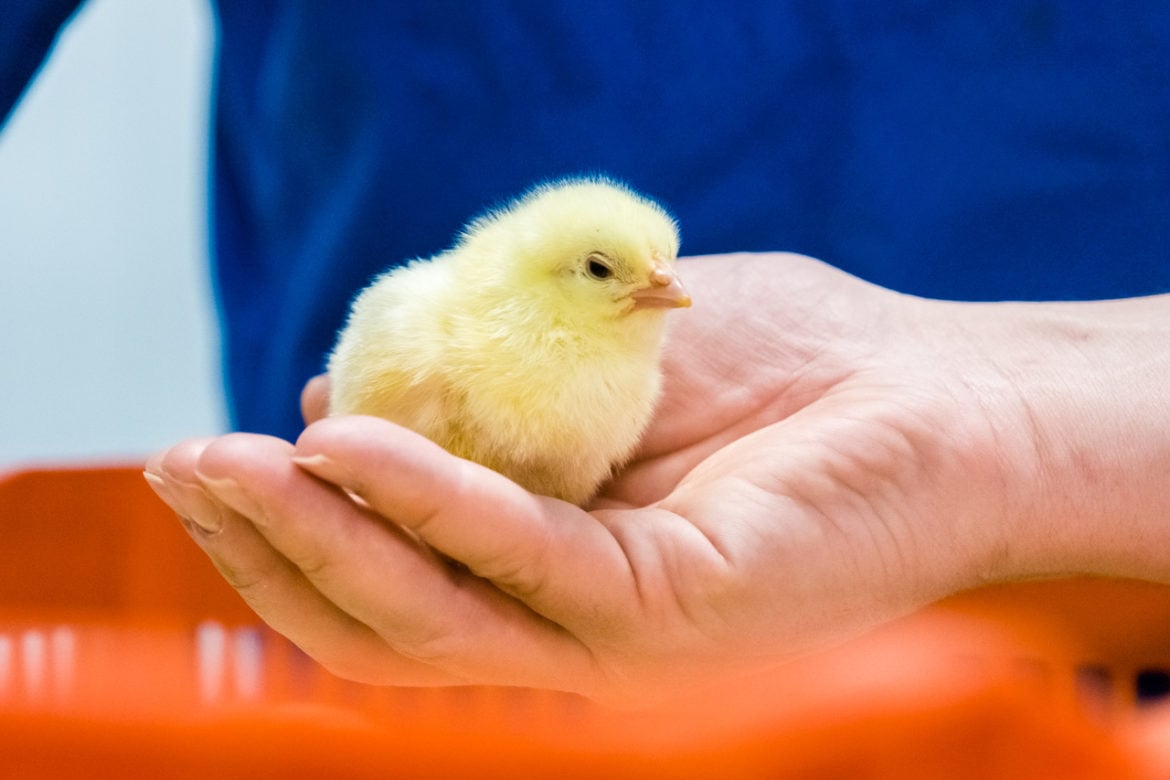
The goal of ventilation inside a poultry truck is to distribute the air evenly, to keep the temperature difference to a bare minimum. The created airflow will allow the excess CO₂ to be removed. When humidity levels are too high, they can be decreased through ventilation as well. In creating a stable well-climatized environment for transporting hatching eggs, day-old chicks or live chickens, ventilation is a vital component.
Importance of Ventilation Effectiveness in Poultry Transport
Ventilation effectiveness specifies how well air is distributed in a ventilated space. When there are little inconsistencies, a high ventilation effectiveness is reached. Effective ventilation inside a poultry truck or trailer results in a well-distributed air temperature. Ideal air temperatures for hatching eggs or day-old chicks allow for little fluctuations. Embryo’s inside eggs and newly hatched chicks are not able to regulate their own body temperature. In the first stage, a hatchling is practically cold-blooded, with body temperatures varying from their surroundings. It takes 5 days until chicks are able to regulate their own body temperature.
Uniformity in air temperature during transport is therefore crucial for hatching eggs and day-old chicks. Unevenly distributed air inside a poultry truck can result in some transport crates being too hot or too cold, depending on outside climate or weather conditions. In both cases, this influences quality uniformity, chick growth, mortality rates, poultry performance and poultry house production.
Behavioural Signs of Transported Chicks
Faulty ventilation during day-old chick transport will eventually result in temperature issues among chicks. This could mean, for example, that the load of chicks are partially or entirely overheated. Signs of heat or cold stress are recognizable in the behaviour of chicks. After transport, an assessment should be made on the following signals;
Sign of Behaviour Possible Cause
Open beaks while breathing Temperature too high
Spreading of wings Temperature extremely high
Huddling Temperature too low
Overly noisy Discomfortable and stressed chicks
High mortality in crates Temperature and/or ventilation not correct
When day-old chicks have been transported correctly, in the ideal climate conditions, they will be quiet and inactive. Their beaks will be closed while breathing and they are nice and evenly spread out throughout the crate. The day-old chicks will be in resting mode during transit.
At Heering, we strive to create the perfect climate conditions for poultry during transport. Based on decades of specialized research and knowledge, we developed and mastered the technique of three different airflow types: V-shape horizontal airflow, single direction vertical airflow and dual direction vertical airflow. Each type is designed with its own specific climate and ventilation setup and comes with different user parameters. The video below demonstrates our various airflows.
Interested in learning more? Feel free to contact us.